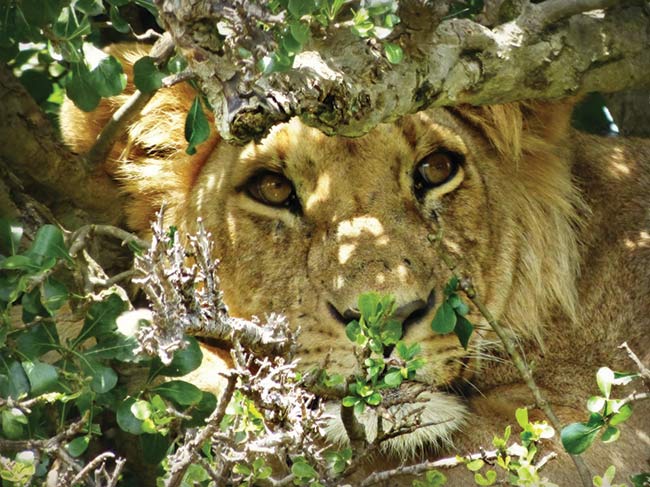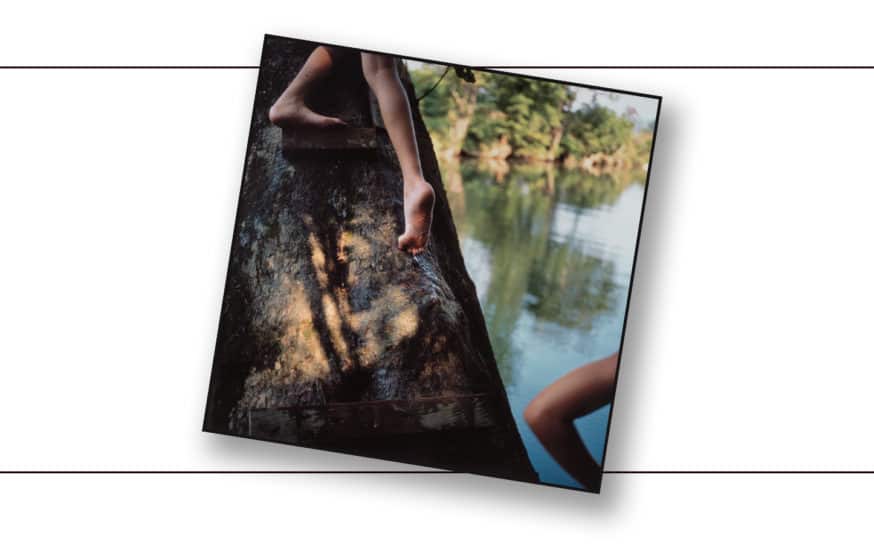
Into Africa
If watching a lioness groom her cubs gets you revved up, a safari could be your dream adventure. Here’s Alan Feldstein from Studio City-based Infinite Safari Adventures with some planning advice.
-
CategoryPeople
-
Edited byTalia Seehoff
1. When To Go
Avoid the rainy months of April, May and November. Any other time of year is beautiful, and each season offers a different benefit. August and September have the great migration in the Northern Serengeti. February has fewer tourists, and you can see the migration in the Southern Serengeti.
2. Budget Smart
Our safaris run from about $5,500 to $7,000 per person. But our trips are all-inclusive, unlike other companies that will tack on things like park fees and internal air transportation. This all needs to be considered in the planning and budgeting stage.
3. Research Regions
Read about the region you’re planning to explore, including the wildlife, history and cultures. Tanzania, for example, is great for a first safari. More than one-third of the country is preserved as national parks, protecting an array of extraordinary natural ecosystems. It is also home to Mt. Kilimanjaro, Zanzibar, the Ngorongoro Crater, the Serengeti and the extraordinary great migration. Namibia also has numerous offerings, including expansive deserts, beautiful coasts and wildlife.
4. Do Camera Prep
Make sure you have a reliable camera for your trip and that you know how to use it. Before I went on my first safari, I actually went to the zoo so I could practice photographing animals! It paid off. You can see my wildlife photos on our website at infinitesafariadventures.com.
5. Evaluate Trip for Kids
Most children will love the experience, and many safari companies are kid-friendly. At Infinite Safari Adventures, for example, we welcome families with children. However, we do not recommend bringing children under the age of 10 due to certain lodge restrictions.

Architect May Sung Comes to The Rescue on a Studio City Reno Gone Wild
In the right hands…finally!











